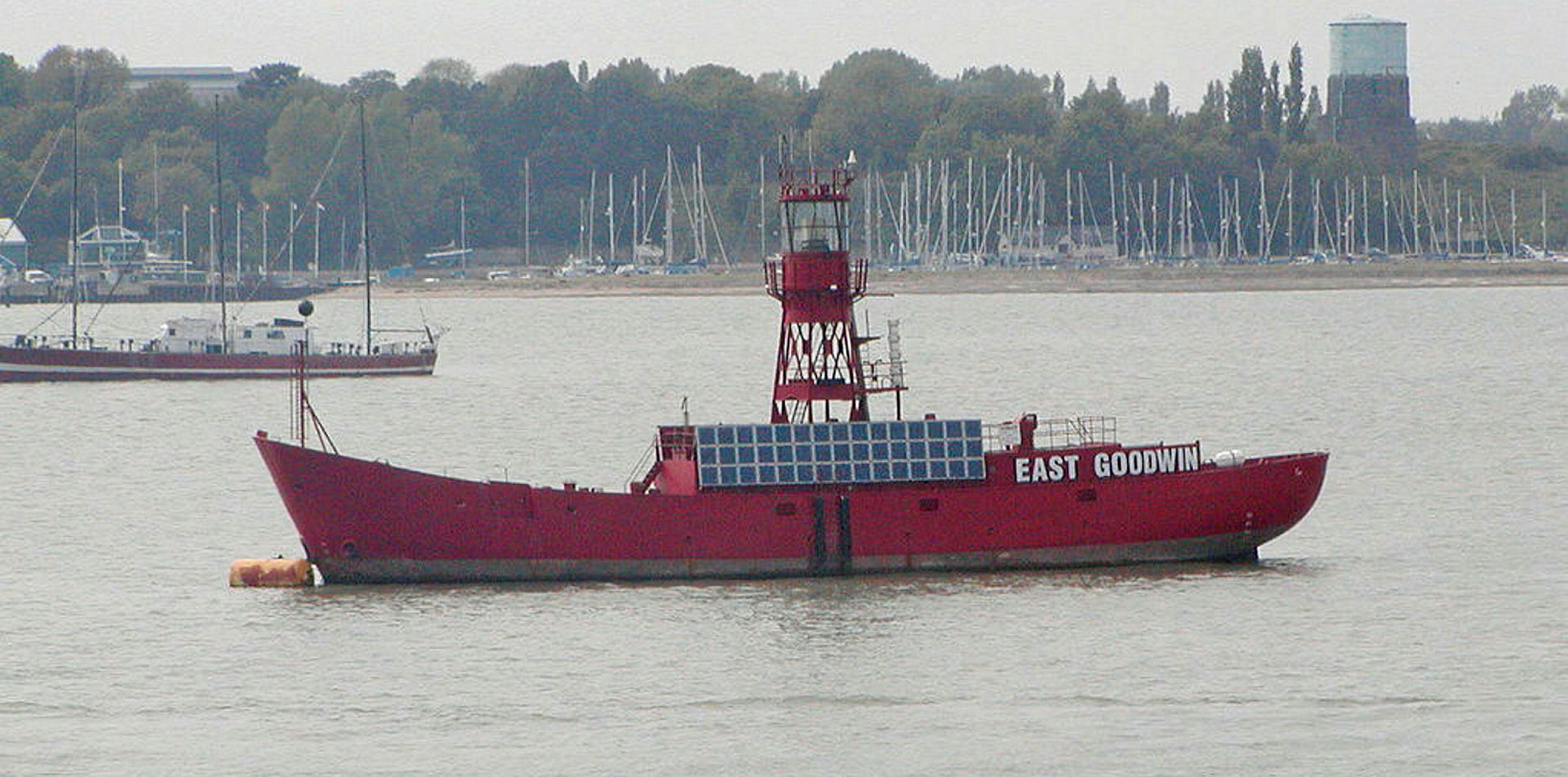Opposition is growing at plans to dredge a UK sandbank known as the "ship swallower".
The 16 km stretch of Goodwin Sands lies 10 km off Kent in England.
The notorious sandbank is believed to have claimed hundreds of ships over the centuries, as well as downed aircraft from the World War II.
Now Dover Harbour Board (DHB) wants to remove millions of tonnes of sand and gravel to expand the port, endangering marine protection pledges, according to green groups.
Campaigners want the government to stick to its pledge to protect 30% of marine habitats by 2030, the Guardian newspaper reported.
Goodwin Sands was awarded marine protected area (MPA) status by the UK last year.
Conservationists failed in a 2019 legal bid to overturn state agency Marine Management Organisation (MMO)'s approval of the work.
Goodwin Sands Conservation Trust is now lobbying the government to award the area greater protection.
"This is an iconic piece of our maritime history and an important ecological site. What’s the point of an MPA if it offers no protection from dredging? There needs to be greater protections for our marine sites," said Joanna Thomson, the trust's chair.
Mitigation measures in place
The MMO has said significant environmental impact is "unlikely" due to mitigation measures included in the licence.
An on-board archaeologist will be responsible for checking material dredged.
DHB has said that 51 conditions will protect the site’s environment, archaeology, war graves and the wider historic environment.
The sands are continually giving up their secrets.
The Rooswijk, a Dutch East India ship that went down in 1740 with the loss of almost 250 lives, is now exposed but was once under 10 metres of sand.
And in 2013, a Dornier bomber shot down in the Battle of Britain was lifted out of the sands.
The owner of the bank is the Crown Estate, a company set up by the UK government to manage land owned by the Queen.
The Estate is not commenting on how much it stands to gain from the work.



